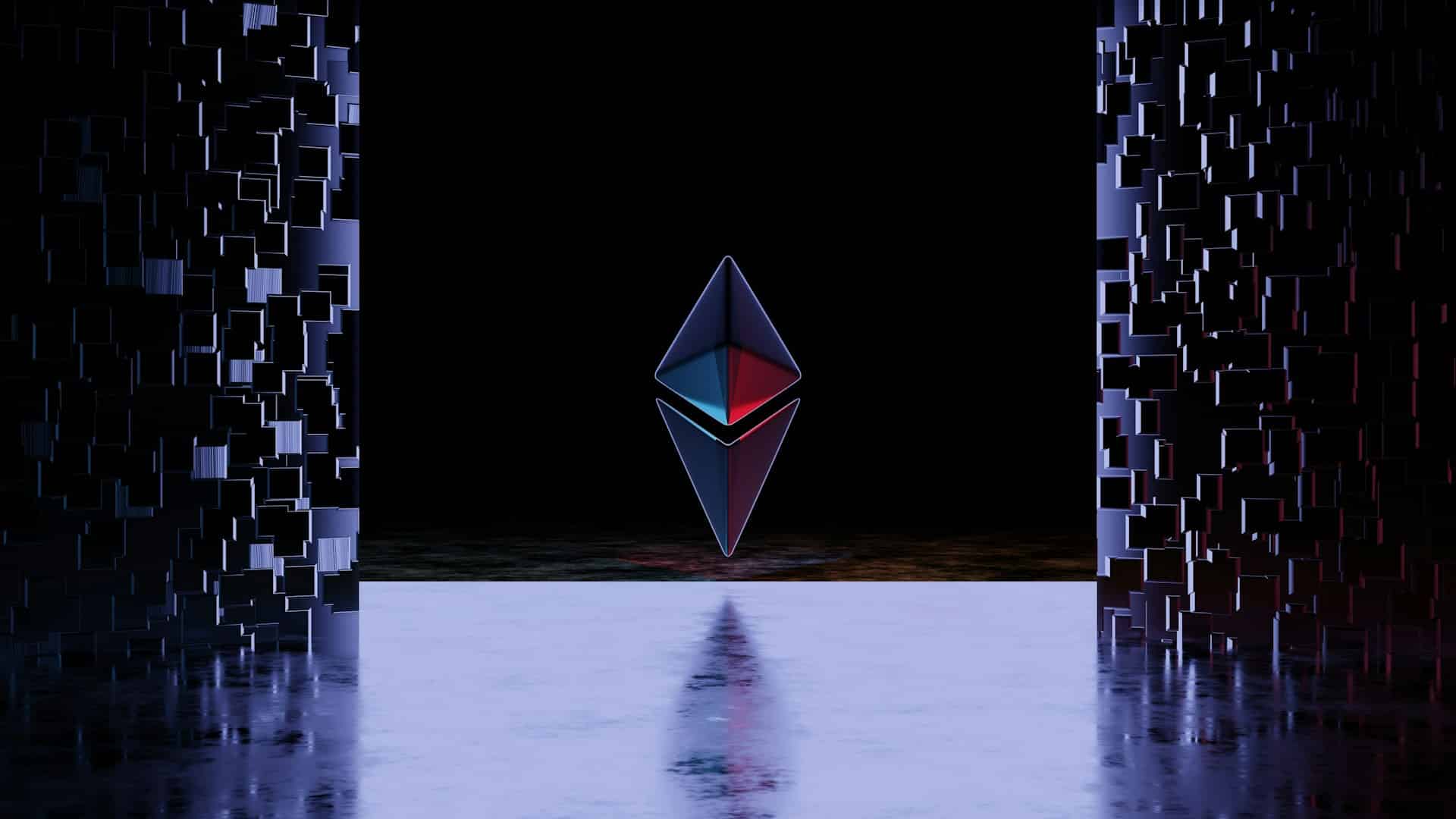Ethereum blockchain underwent the Dencun upgrade in March 2024, introducing a concept called Blobs. Blobs are a novel data storage concept intended to lower transaction costs on layer 2 scaling solutions. While the concept was intended primarily to lower costs, some creators used blobs to develop “BlobScriptions.”
Read on to learn what BlobScriptions are, how they work, and their similarities to Bitcoin inscriptions.
What Are BlobScriptions?
BlobScriptions are Ethscriptions that use EIP-4844 blobs to store additional data. Blobs, or binary large objects, were introduced to the network in the latest Ethereum network upgrade in March as a cost-effective solution for storing data on-chain. However, their ‘misuse’ is now dubbed BlobScriptions.
Tom Lehman and Michael Hirsch developed the concept by launching BlobScriptions.io, a platform enabling anyone to inscribe data onto a blob.
Their proposal, ESIP-8, was to use blobs to store data within the Etherscriptions Protocol, enabling data storage and allowing users to access blob data alongside other blockchain data currently utilized by the protocol.
Lehman said the idea was a means of democratizing blobs, making them available for everyone. For a fee of about $20, anyone, potentially including bots, can submit a BlobScription since blobs have made data storage on Ethereum 10x to 100x cheaper.
How Do BlobScriptions Work?
BlobScriptions function similarly to Bitcoin inscriptions, allowing users to store various data types on Ethereum’s blobs, including images, text, and even tokens. Blobs are unique because they don’t interact with smart contracts, and nodes only need to store them for up to 18 days, making them cost-effective.
When sharing data using blobs, one requires the content itself and the content type. Initially, data URIs were used to achieve this, but to make BlobScriptions cheaper; its creators implemented CBOR, which natively supports binary data.
Once the BlobScription payload is prepared, it needs to be split into one or more blobs, each consisting of 32-byte segments. These blobs are then sent as transactions to the Ethereum blockchain.
The Ethscriptions indexer, Ethereum RPC, and the Beacon API are then used to retrieve blobs. Using their versioned hashes, the blobs can be associated with individual transactions.
After retrieving a transaction’s blobs, they can be decoded and concatenated into a single binary value using Viem’s “fromBlobs” method. This decoded data includes the content and content type, forming an “Ethscription Attachment,” also called a BlobScription. The indexer can then serve the attachment content via its API.
Regarding the concern about blobs being removed from storage after 18 days, Ethscriptions indexers and other decentralized data stores retain the data, ensuring that as long as someone has it, the BlobScriptions can still be used.
How to Create a BlobScription on Ethereum
To create a BlobScription on Ethereum, follow these steps:
Step 1: Visit the BlobScription Website
You need to first visit the BlobScription website to begin the process. Click on “Create a burner for me.” This creates a new wallet and imports the private key to a Web3 wallet like MetaMask.
After importing, double-check if the displayed address matches your own.
Step 2: Enter the Initial Owner
The next step requires you to specify the individual or entity credited with creating the BlobScription on the blockchain.
Step 3: Choose a File
You will then select the data you want to store on the Ethereum blockchain via the BlobScription.
Step 4: Create BlobScription
Click the “Create BlobScription” button to finalize the process, and you have successfully created your first BlobScription!
BlobScriptions vs. Bitcoin Inscriptions: Similarities & Differences
Now, let’s look at the similarities and differences between BlobScriptions and Bitcoin Ordinal inscriptions.
Here are some of the aspects in which they are similar:
- Data storage purpose: BlobScriptions and Ordinal inscriptions allow users to embed data directly onto the blockchain. This data could include text, images, or any other digital content.
- Immutable storage: Once data on BlobSriptions and Ordinal inscriptions is embedded, it becomes part of the blockchain’s immutable ledger. Hence, the data cannot be altered or deleted.
Still, BlobScriptions and Bitcoin Ordinal inscriptions have several differences, as outlined in the tale below.
| Feature | BlobScriptions | Bitcoin Inscriptions |
| Blockchain | Ethereum | Bitcoin |
| Data storage | On Ethereum’s blobs | On the Bitcoin blockchain |
| Introduced | After Dencun upgrade in March 2024 | After Taproot upgrade |
| Transaction type | Data is inscribed onto blobs | Data is attached to individual satoshis (sats) |
| Cost | Cost-effective as blob transactions have lower fees compared to calldata transactions | Bitcoin Inscription fees depend on the size of the data being inscribed |
| Permanence | Data is temporary on Ethereum’s main network and may be preserved by external indexers | Data remains on the Bitcoin blockchain indefinitely |
Final Word
Many Ethereum enthusiasts anticipate that the hype and use of BlobScriptions will be short-lived.
According to Jim McDonald, co-founder of Ethereum staking provider Attestant, there’s an expectation that the pricing of blobs for layer 2 solutions will become more reasonable for their intended purpose over time. This could render Ethereum too costly for those seeking to utilize it merely as a “graffiti wall.”
However, if BlobScriptions continue to gain traction or remain stable, the price of layer 2 solutions, significantly reduced by the March software upgrade, might increase more rapidly than anticipated. This could necessitate the development of new tools, and additional upgrades could be needed to lower the prices.




